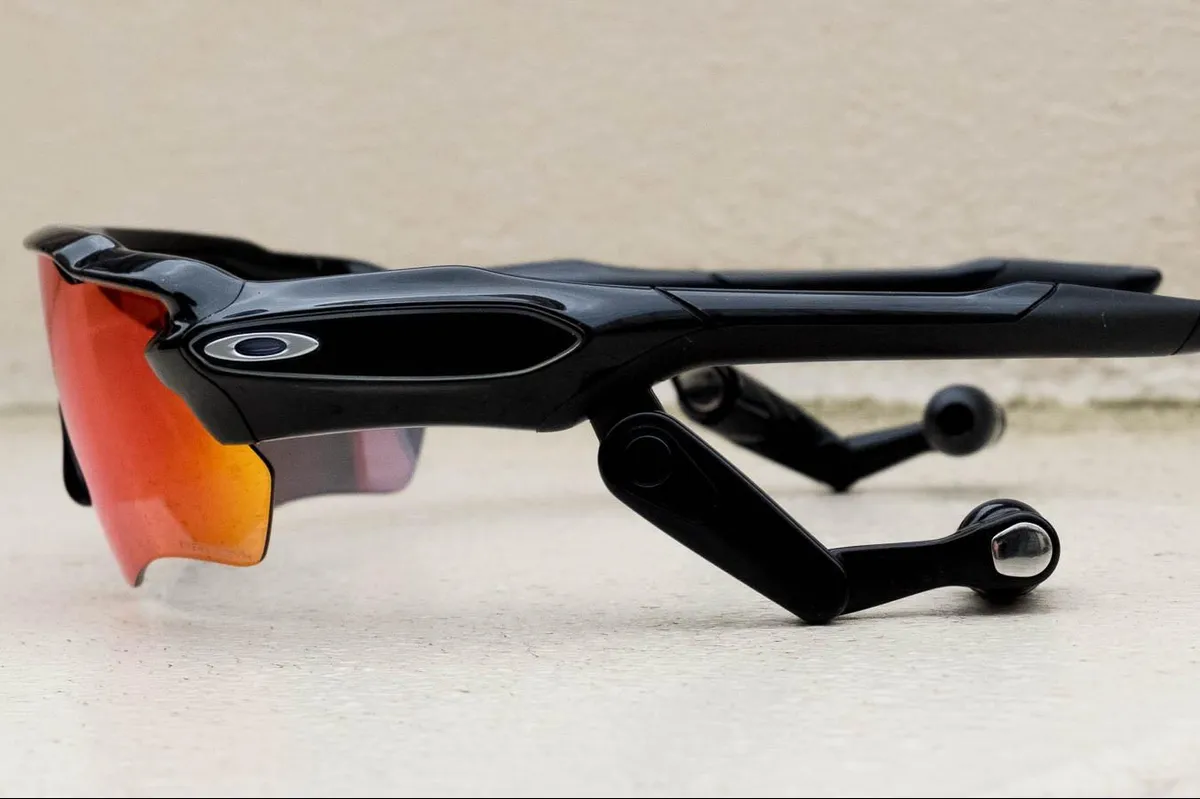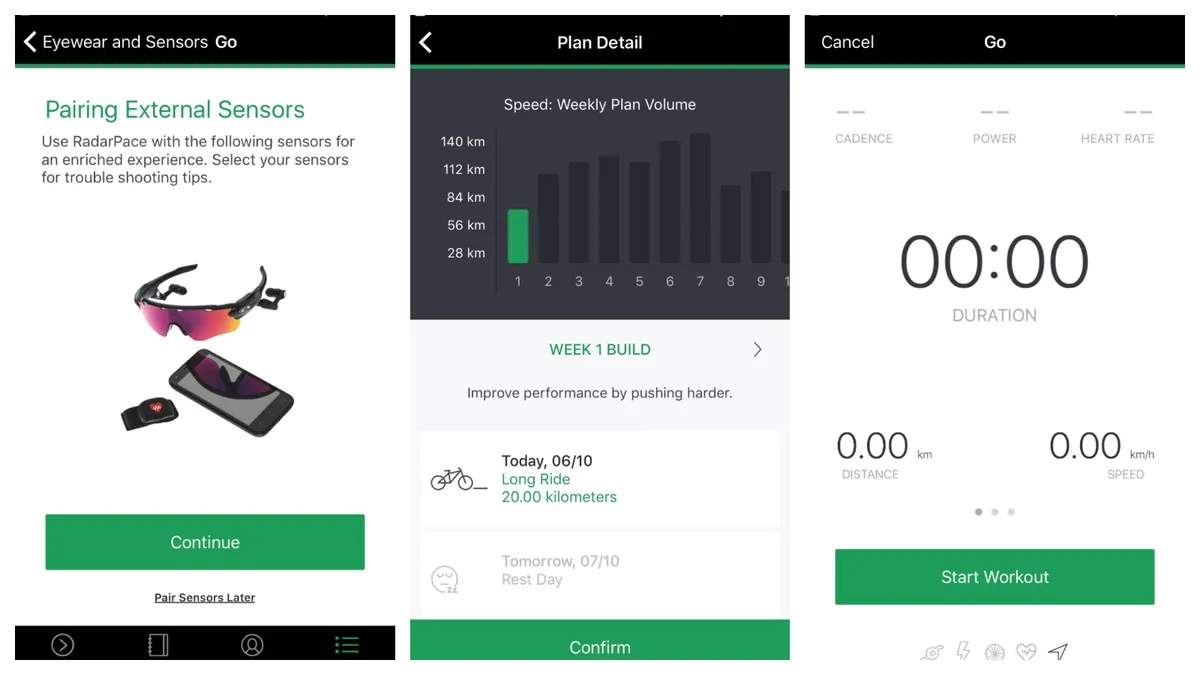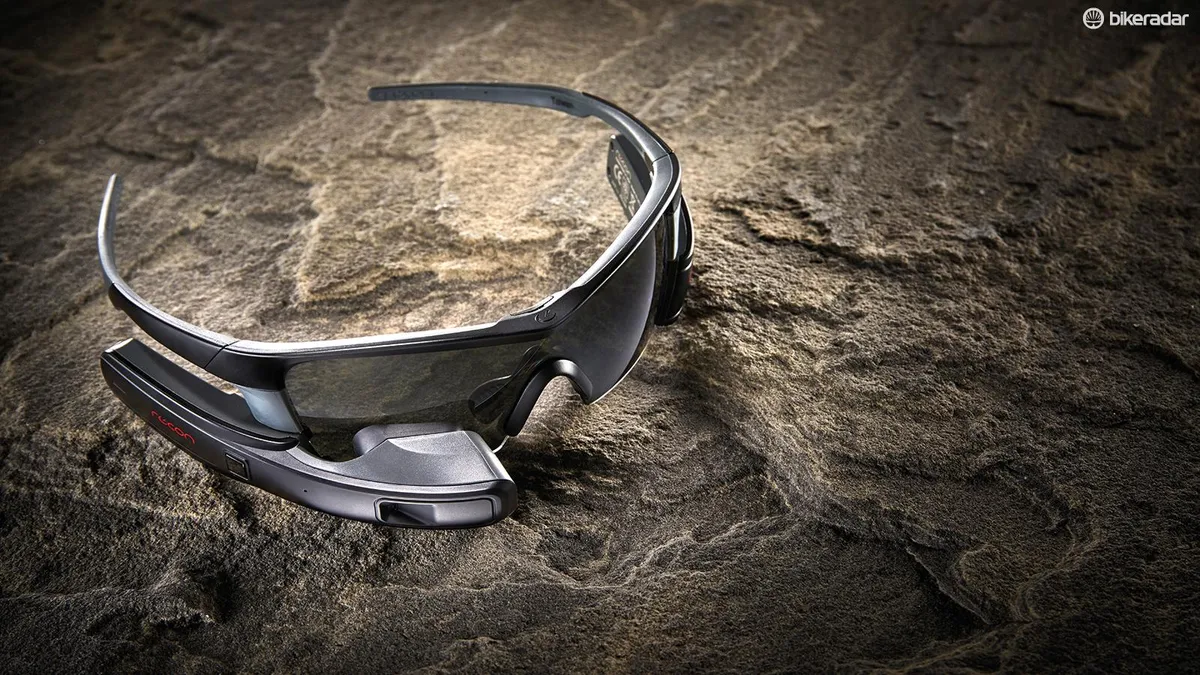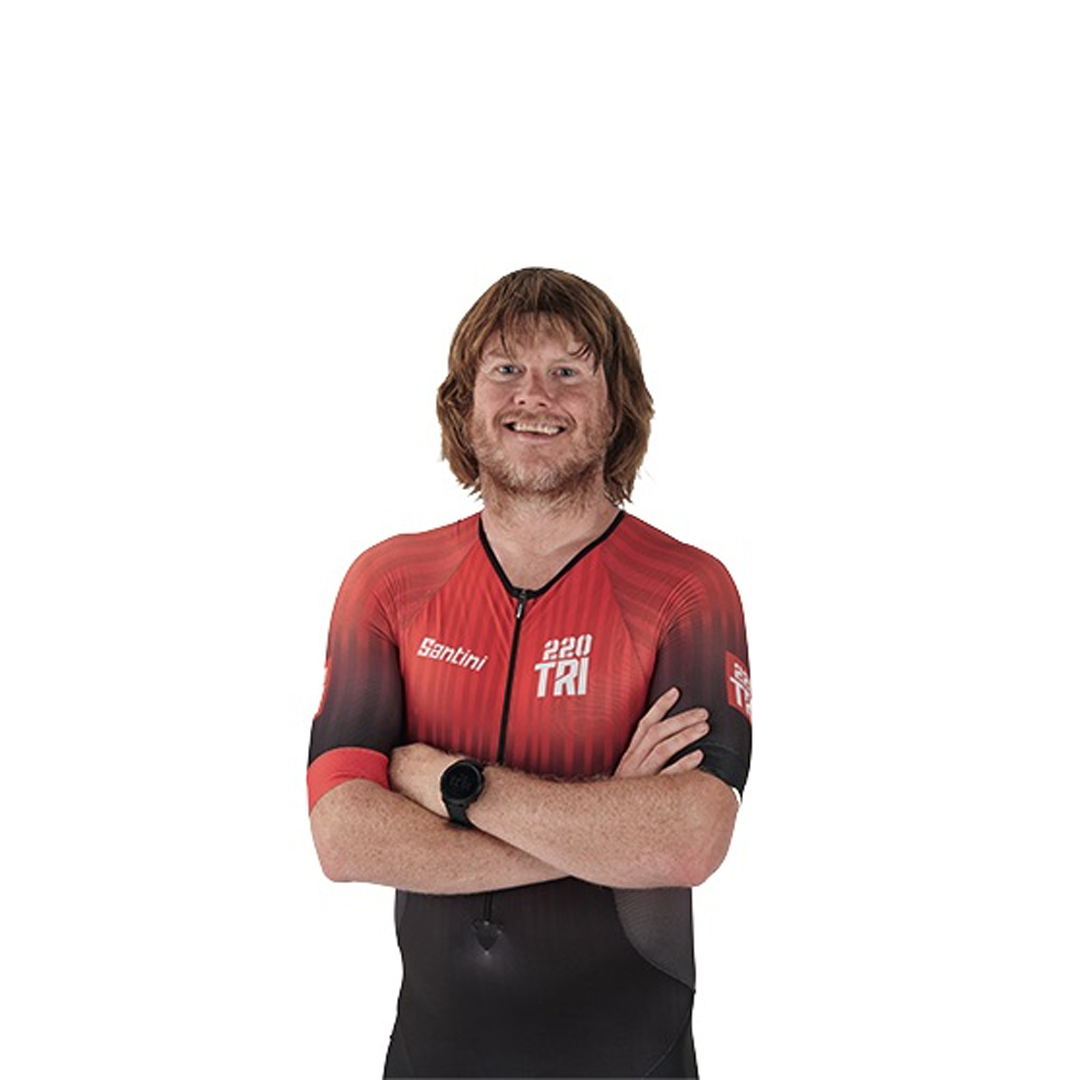"Okay Radar, what is today's workout?" "You're going 10 miles on the flat," a female voice with a hint of robot replies. "Okay, let's go," I utter as bemused cyclists pass by. "Workout started," my robot continues. "What is my heart rate?" "85 beats per minute." And so our review of Oakley’s Radar Pace glasses begins.
First, some background. Intel signed a deal with Oakley’s parent company Luxottica back in 2014 to create the next big thing in smart performance eyewear. Fast-forward to January 2016 and three-time Ironman Hawaii champion Craig Alexander is strolling beneath the bright lights of Las Vegas’ annual Consumer Electronics Show… looking very much like he’d stepped out in 2004.
That’s because the first thing that strikes you about the Radar Pace sunglasses is its similarity to Oakley’s maiden effort in this visual-audio field, the Thump, 12 years ago. “So what’s the difference,” you may ask? As it transpires, plenty…
Oakley Radar Pace spec overview

While the Thump’s feature list comprised music and, well, that was it, the Radar Pace is much smarter, featuring a voice-activated real-time coaching system. So it’s goodbye physical training partner and hello to frames that are loaded with removable earphones, three microphones and numerous internal sensors. We’re talking an accelerometer, gyroscope, humidity sensor and even a barometer, all in the name of measuring and guiding your performance.
You can also pair the glasses with a myriad of further sensors including power meters, foot pods, heart rate monitor, and speed and cadence sensors via Bluetooth or ANT+ connectivity. This not only ups the data feedback but also highlights its intended use for both cycling and running.
The hub for all this data is your smartphone, via the dedicated Oakley Radar Pace app (iOS/Android). Once downloaded the app is good: easy to navigate, intuitive and, core to the Radar Pace’s USP, featuring a customisable training plan (though you can train ‘freeform’ if you so wish). Away from the session feedback, you can also take phone calls and listen to music, served wirelessly from your smartphone.
Oakley Radar Pace personalised training plans

You’re then asked how far can you bike or run and still do a workout the next day before choosing your goal event. For cycling, this includes 50- and 100-mile sportives and, rather incongruously, a 180km time-trial. You then put in the date of the event, which must be between six and 14 weeks away for the software to roll out a suitable training plan.
Now this is the impressive bit. First it gives you individual sessions based on the four performance parameters of strength, stamina, speed and technique, balancing harder workouts with recovery workouts, and harder weeks with the occasional recovery week. This information is then conveyed to the Radar Pace so that when you ask what your workout is for that day, the technology responds.
It’s here that ‘dataphiles’ will truly benefit from syncing to power meters and the like because you’re not only given real-time feedback about, for instance, current wattage, but the system adjusts training sessions and intensity as time goes on to adjust more accurately to your fitness level. Rather neatly, it’ll also tweak your training plan if you miss a session.
But, again, we question its worth to the intended audience. Competitive athletes’ training plans are pretty much honed down after years of trial and error. Are they really going to rely on a piece of software that doesn’t provide the detail and breadth of something like Training Peaks? We’d certainly like to see an update where you could use your own training sessions, though it is possible to upload workouts to Strava.
Away from the session feedback, you can also take phone calls and listen to music but this simply highlights another Achilles heel of the Radar Pace – you’re tied to your smartphone. For us, wearable technology succeeds when you’re liberated from smartphones or other devices, not reliant on it. It makes you question why simply looking at a head unit on your handlebars can’t do the same job, which doesn’t require the potential safety issue of cycling along with earbuds in.
Oakley Radar Pace price and availability

The Radar Pace will cost £400/$449 (Aussie pricing TBC), and is on sale now. It comes with a clear lens – useful for the off-season; and also comes with bag and protective case. Oh, and it weighs 56g, which is nearly double that of our usual go-to glasses, the Oakley Radarlock Path.
Oakley Radar Pace vs. the competition

As we mentioned in our intro to this hands-on review, Oakley Radar Pace isn’t the only smart eyewear for cyclists. We’ve seen the Recon Jet glasses ($499/£359/AU$899), which impressively pack a heads-up display, navigation and forward-facing camera. Though our reviewer felt that this could be distracting – and aren’t yet good enough that we'd recommend risking using it if you live in a left-side driving nation.
There’s also the confusingly named Sportiiii 4iiii (£196/$249/AU$329), which is basically a heads-up displays that clips onto your existing sports glasses, giving you instant performance feedback without having to take your eyes off the road.



